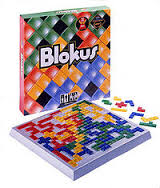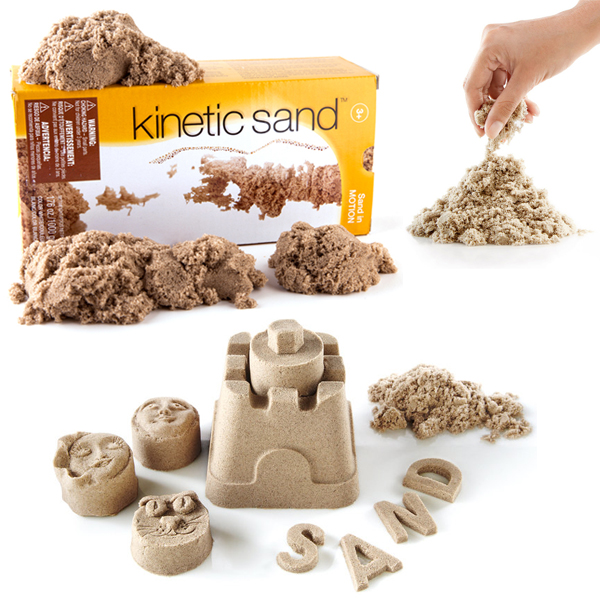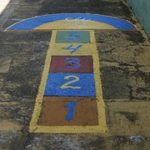Biography
Mosaica Press
Hardcover
Feldheim Publishers
Growing up with a debilitating stutter and seemingly unanswerable questions about G-d, Moe Mernick found everyday life to be a painful and lonely experience. After suffering for years, Moe discovered an exceptional life of meaning and purpose — and in doing so, turned the tables on his speech impediment.
This is a remarkable story of one man's journey from despair to hope, from anger at G-d to spiritual fulfillment, from being a rebellious teenager to becoming a motivational speaker and entrepreneur. It's a story of finding meaning within life's challenges and of transforming the heaviest burdens into the greatest gifts.
About the Author:
Combining both of his passions, Jewish education and entrepreneurship, Moe Mernick runs International Marketing for an early-stage start-up, mentors budding entrepreneurs at a Jerusalem-based technology accelerator and has held numerous Jewish communal positions, including Regional Director for The Ronald S. Lauder Foundation (Hamburg, Germany), Senior Advisor at Counterpoint (Sydney, Australia) and City Director for NCSY (Vancouver, Canada). Moe holds an International MBA and Rabbinical Ordination, and lives in Israel with his wife and children.
Endorsements:
The greatness of a person is that he is able to grow and accomplish in all circumstances. I have personally known the author and admire how he has grown through all his challenges.
— Rav Shmuel Kamenetsky, Rosh HaYeshiva (Dean), Talmudical Yeshiva of Philadelphia
Moe's story is one of resilience, growth and inspiration. He shows us the steps he took to ove
Read one man’s journey through life with a stutter. Moe Mernick, a successful father, employee, and motivational speaker gets real about the challenges in his life. The book does not focus on specific techniques used in fluency treatment but on the psycho-social-emotional aspects of life and treatment with a significant stutter.

























